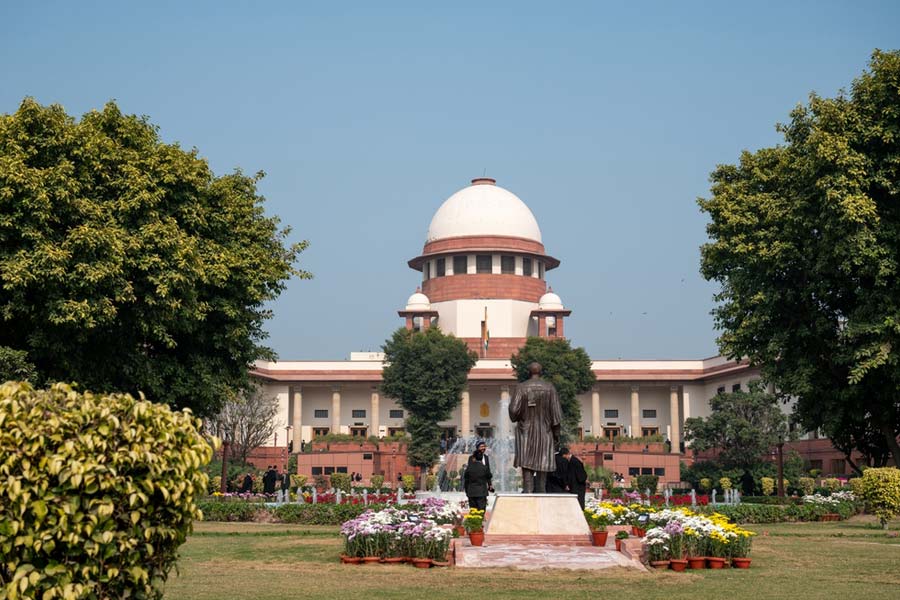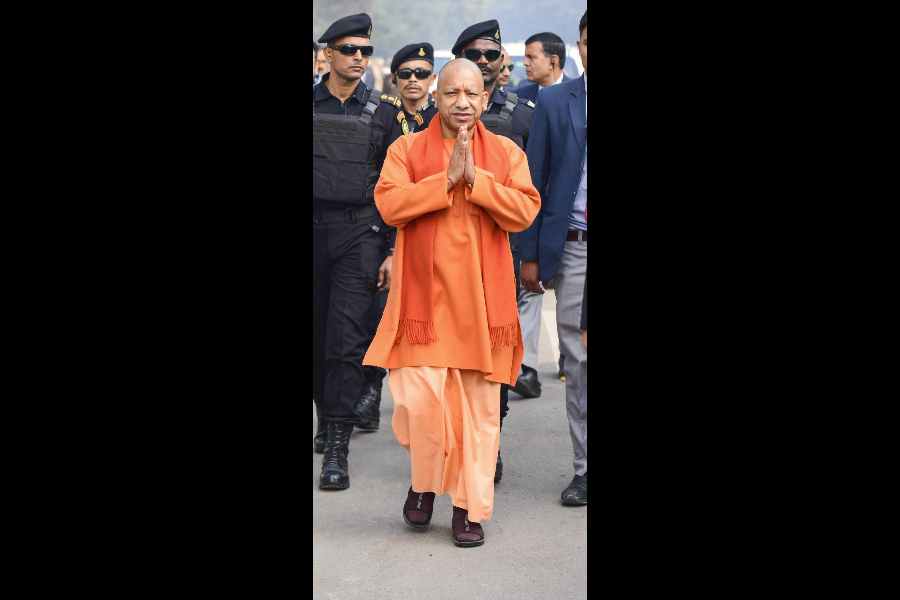The US in November will re-open air travellers from China, India, Britain and many other European countries who are fully vaccinated against Covid-19, the White House said on Monday, rolling back tough pandemic-related travel restrictions imposed beginning early last year.
The foreign travellers will need to show proof of vaccination before boarding and a negative test for the coronavirus within three days before coming to the US, Jeff Zients, the White House pandemic coordinator, said Monday.
“International travel is critical to connecting families and friends, to fuelling small and large businesses, to promoting the open exchange ideas and culture,” Zients said. “That’s why, with science and public health as our guide, we have developed a new international air travel system that both enhances the safety of Americans here at home and enhances the safety of international air travel.”
The administration has restricted travel for foreigners looking to fly to the US from a group of European countries, Iran and China for more than a year.
Unvaccinated Americans overseas aiming to travel home will have to clear stricter testing requirements. They will need to test negative for the coronavirus one day before travelling to the US and show proof that they have bought a test to take after arriving in the US, Zients said.
The Centers for Disease Control and Prevention will also soon issue an order directing airlines to collect phone numbers and email addresses of travellers for a new contact-tracing system. Authorities will then follow up with the travellers after arrival to ask whether they are experiencing symptoms of the virus.
The changes announced on Monday only apply to air travel and do not affect restrictions along the land border, Zients said.
The Trump administration began implementing the travel bans against foreign travellers in January, 2020, in the hopes of preventing the spread of the disease. The effort was largely unsuccessful. The prior administration’s mangled announcements over the restrictions also led to exodus of American citizens, with packed, chaotic airports that had porous screenings.
Biden has kept the restrictions against potential travellers from the EU, the Britain, India and others, despite pleas from business leaders in need of profits from tourism, immigrant workers who travelled overseas to renew work visas to work in the US only to be left stranded.
The White House maintained the restrictions were necessary, particularly after the spread of the contagious Delta variant this summer fuelled a rise of coronavirus cases and undermined the central theme of Biden’s presidency — vaccinating Americans and getting the pandemic under control.
Zients cited the pace of vaccinations administered globally as a reason for the administration’s pivot. The decision also comes on the eve of a visit by Prime Minister Boris Johnson, who was expected to press Biden to lift the ban. British officials had hoped the President would announce a relaxation of restrictions when he came to Cornwall, England, in June for the Group of 7 summit meeting and were disappointed when he did not.
The easing of the travel restrictions also comes as the administration has sought to reduce tensions with France after the US kept Paris in the dark as they secretly negotiated an agreement with Australia to build submarines.
New York Times News Service and Reuters











